This article was co-authored by Shayne Guffey, DMD. Dr. Shayne Guffey, DMD is a Dentist and the owner of Mountain View Family Dental in Mesa, Arizona. With over 20 years of experience, Dr. Guffey specializes in family dentistry and cosmetic dentistry. He earned his Doctor of Dental Medicine (DDM) from Oregon Health & Science University. Additionally, he’s a professional member of the Academy of General Dentistry and the Dental Organization for Conscious Sedation.
wikiHow marks an article as reader-approved once it receives enough positive feedback. This article received 19 testimonials and 88% of readers who voted found it helpful, earning it our reader-approved status.
This article has been viewed 340,634 times.
Dealing with a palate expander--whether it is yours or your child's--can be made easier with gentle modifications to diet, oral hygiene, and schedule. Technically called a Rapid Palatal Expander, these small devices are fitted against the hard palate and braced by the upper teeth for a period ranging from two to several months. During this time, the palatal expander gradually expands the width of the two (not-yet-fused) halves of the hard palate to correct a variety of orthodontic issues, including bite and crowding. Palatal expanders work best on young teens whose bone sutures have not yet fused, but can also be used in adults. [1]
Steps
Eating and Drinking with a Palatal Expander
-
1Stock up on your favorite soft foods and liquids. Choose foods that can give you the nourishment you need without making eating more of a headache than it already is. Choices can include yogurt, healthy shakes, ice cream, mashed vegetables like potatoes, zucchini, or yams, or mashed bananas, soup, etc.
-
2Take small bites and chew gently. Remember, the palate expander is literally separating the two halves of the upper jaw, exerting pressure on the bones of your lower face. You will most likely end up chewing with the teeth that aren't harnessed to the expander.Advertisement
-
3Take small sips and use a thin straw. Liquids will be easier to ingest than solid foods, since your tongue doesn't have to move the food around in your mouth to chew, only to swallow.
-
4Wipe your mouth frequently. A mouth with a palatal expander tends to produce a lot more saliva in general. Keeping a napkin or hankie ready to dab away the drool will keep things neat and dry.
-
5Eat your favorite solid foods at times of minimum discomfort. Take these opportunities when you can get them! With patience you can still enjoy pasta, sandwiches, and even pizza.
Keeping Your Palatal Expander Clean
-
1Continue to brush and floss your teeth on a daily basis. This is good oral hygiene that we should all be practicing regularly. Now is the time to make sure the habit sticks!
-
2Consider purchasing a Waterpik water flosser to facilitate more thorough, leisurely cleanings at home. A Waterpik focuses a tiny stream of water under pressure to clean hard to reach places in your mouth and is highly recommended for many forms of orthodontics and other dental work. [2]
- Pay special attention to cleaning the central gears, screws, and edges of the expander and to places where the expander touches or covers your gum line.
-
3Pack both a normal sized and a tiny toothbrush if you will be dining out. Excuse yourself from the table and use these to gently brush away any pieces of food that may be lodged in your teeth and expander.
Adjusting Your or Your Child's Palatal Expander
-
1Follow your orthodontist's instructions about how often to turn the expander. This could vary from once a day to two or three times per day, depending on the degree of expansion required as well as on other orthodontic procedures that need to occur during the process, such as adding braces.
- Be as consistent as possible.
- If you find that your schedule is likely to be interrupted, or if you foresee the need to delay turning, always check with your orthodontist first.
-
2Locate the "key" provided by your orthodontist. This is a tool, usually a small metal rod, that is inserted into the screw at the center of the gear and provides lateral torque to force the hard palate to expand.[3]
- If the key doesn't have a safety string, secure the end with a long string or length of dental floss, which will allow for easy retrieval if you drop the key in your or your child's mouth.
-
3Insert the key into the hole in the screw of the central gear. In most cases you will be inserting the key into a small angled hole facing the back of your upper teeth (i.e. the key will be pointing out of your mouth).
- If you are performing this on yourself, do this in front of a mirror in a well lit room.
- If you are performing this on a child or young person, have them lay down and open their mouth as wide as possible to prevent gagging in case you accidentally touch their uvula. Make sure you have enough light to see clearly - use a flashlight if needed.
-
4Turn the key as far as it will go. After inserting the key, and making sure not to hit the skin at the roof of the mouth, slowly and with consistent pressure turn the screw as far as it can go, towards the back of the throat.
-
5Remove the key carefully from your or your child's mouth. Clean it and put it in a safe place.
-
6Follow up with your orthodontic appointments as scheduled. Most orthodontists will have you come in one a week to gauge progress and address any concerns.
- Keep a list of concerns as they occur for convenience.
Managing Pain and Discomfort caused by a Palatal Expander
-
1Take liquid Advil approximately an hour before you have to turn the expander. This will help with the inflammation and discomfort in the hour after increasing the expander.
-
2Turn the expander after mealtime is over. This way you'll have already eaten and your mouth will have a chance to rest while it's dealing with the pain, pressure and discomfort.
-
3Relax and apply an ice pack to your cheeks after turning the expander. This will relieve inflammation at the site.
-
4Follow up with a treat, like a small ice cream or cool beverage. The coolness will also help reduce and mask inflammation.
-
5Use Dental Wax to protect mouth tissue from abrasion. Dental Wax can be found at most pharmacies and forms a removable and reusable barrier between the hardware of the palatal expander and the soft tissue of the mouth.
-
6Apply Orajel to numb the pain if you have a cut or chronic sore spot.
- You can also regularly gargle with lightly salted tepid water to relieve occasional soreness and pain.
Warnings
- Do not eat hard candy, toffees or other super crunchy or sticky foods; they can damage your (expensive) palatal expander.⧼thumbs_response⧽
- You will notice that your speech will change, especially at the beginning. This is due to the fact that your speech muscle control was perfected in tandem with the shape of your very own mouth, which now has a strange addition. With a little practice, those hard to pronounce consonants will become easier, usually within a few days. Be patient!⧼thumbs_response⧽
- If your expander disconnects at all [from where it was once connected] prematurely and unplanned, consult your orthodontist immediately.⧼thumbs_response⧽
References
About This Article
To deal with a palate expander, start by choosing soft, nutritional foods, like yogurt or soup, since you need to stay healthy even if you don’t feel like eating. Then, take small bites and chew gently so you don’t put too much extra pressure on the bones in your lower face. Additionally, try taking an over-the-counter pain reliever 30 minutes before adjusting your expander, and putting an icepack on your cheeks afterwards. You can also help prevent cuts and sores by putting dental wax between the expander and other parts of your mouth. To learn how to clean and adjust your palate expander, keep reading!
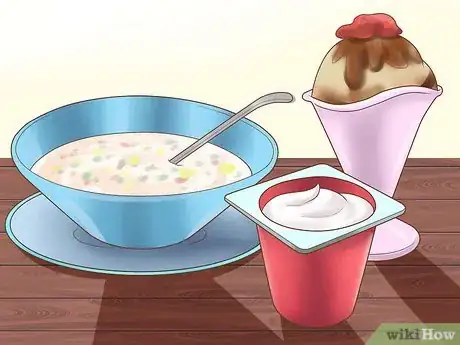
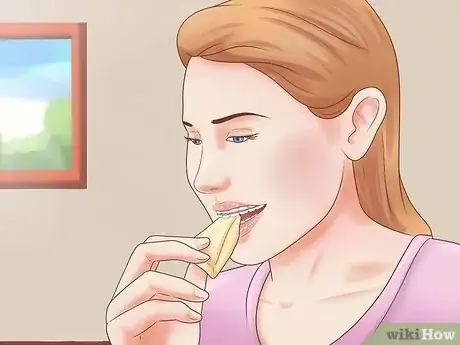

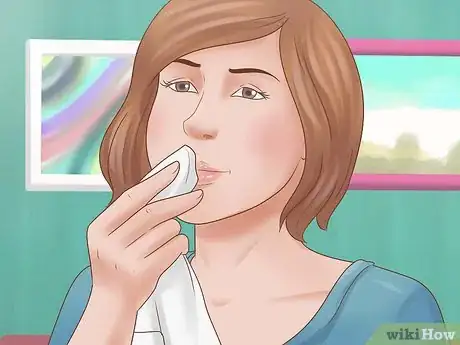
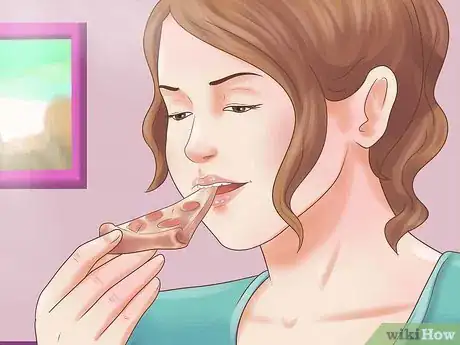

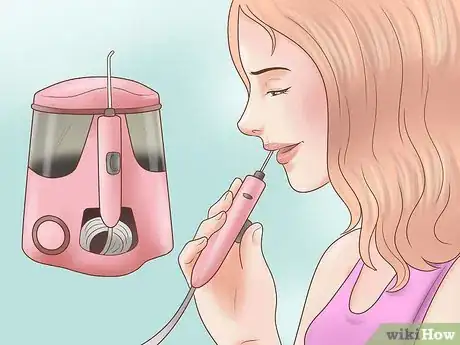
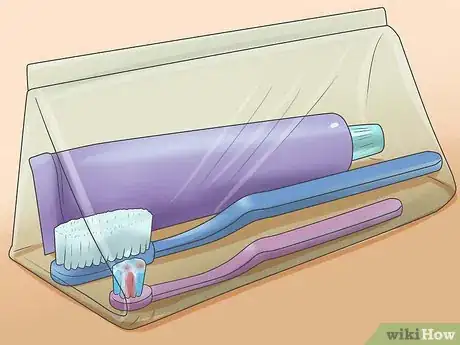

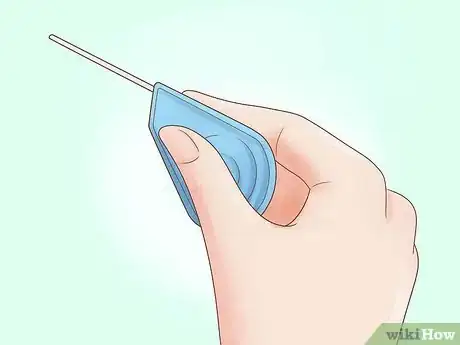
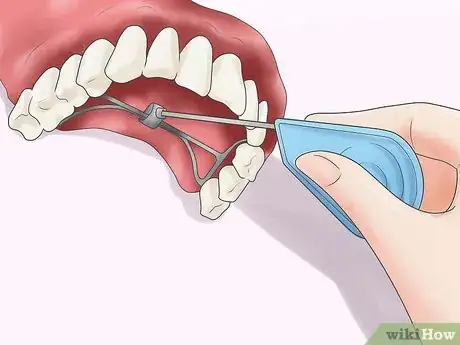
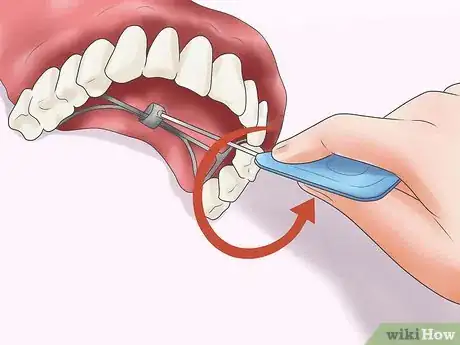
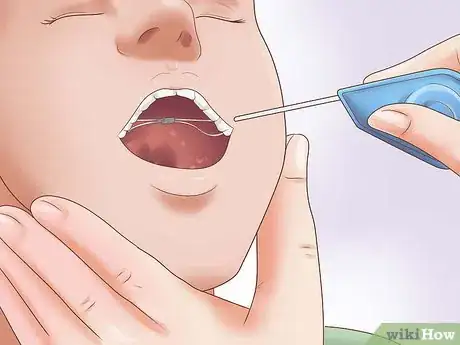
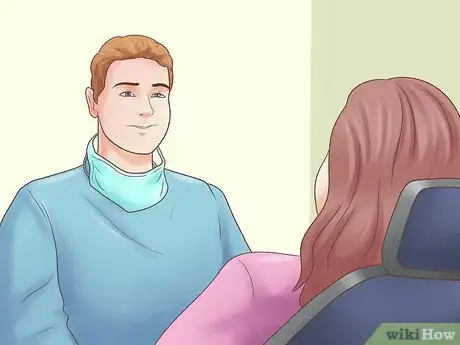
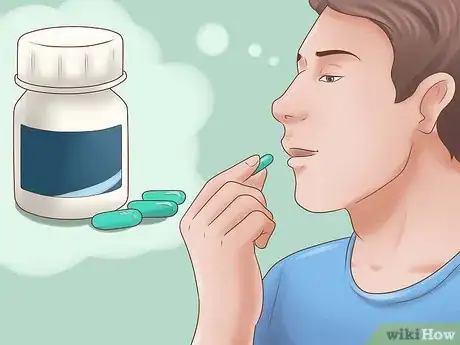
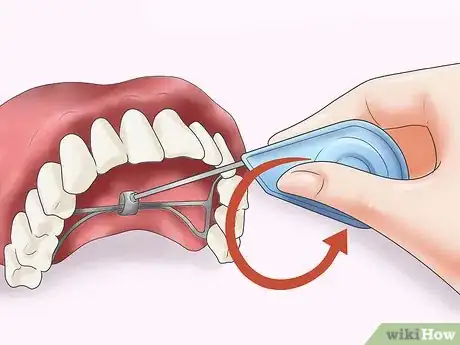
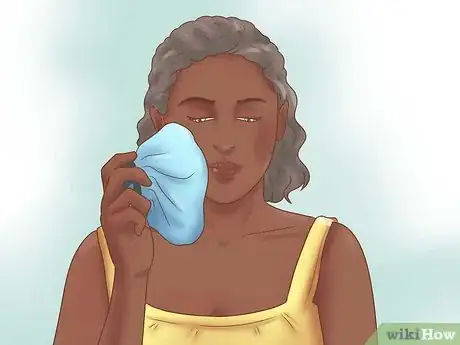

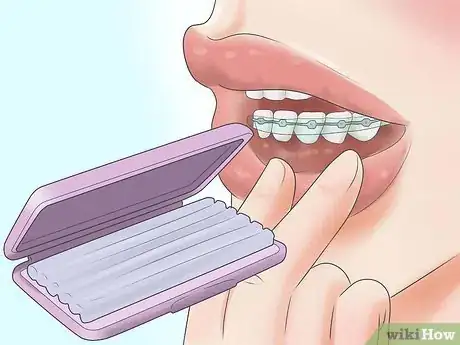
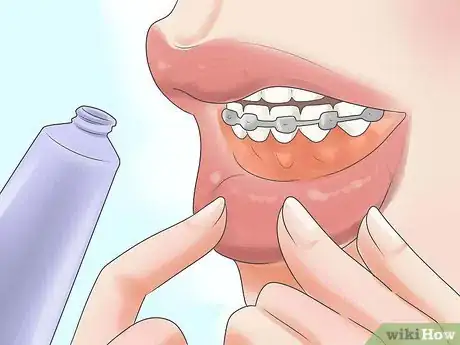
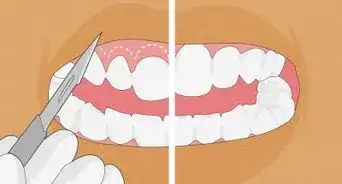
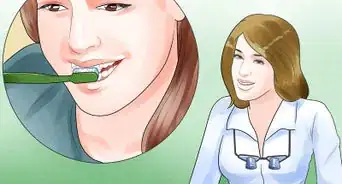
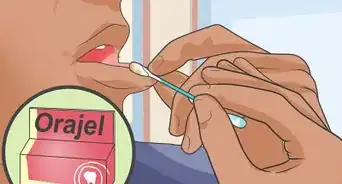


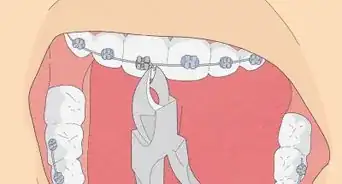
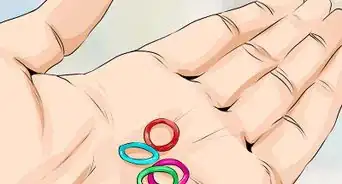



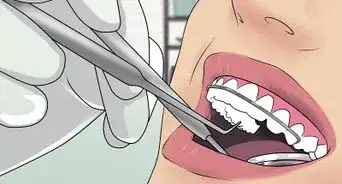
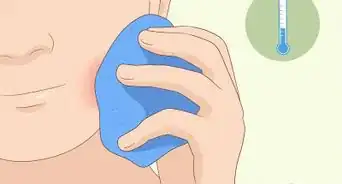
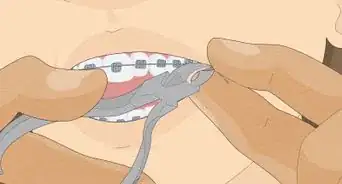










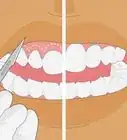

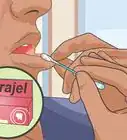




































Medical Disclaimer
The content of this article is not intended to be a substitute for professional medical advice, examination, diagnosis, or treatment. You should always contact your doctor or other qualified healthcare professional before starting, changing, or stopping any kind of health treatment.
Read More...